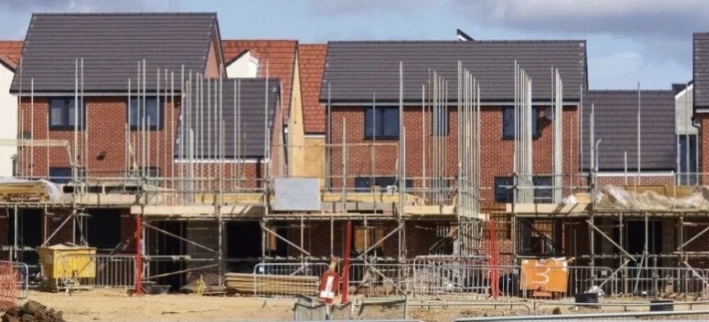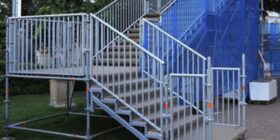Why do you need Latent Defects Insurance coverage?

If you’re a property developer or contractor in charge of a new construction project, you must ensure you’re protected against a wide variety of potential mishaps. Because you’re not responsible for laying every brick yourself, you must secure a level of insurance to protect yourself – and the project – financially.
That type of cover you’re seeking is called latent defects insurance (LDI). Not sure what that is, or why you need it? Read on to find out.
What is classed as a latent defect?
A latent defect is a hidden flaw in a building that occurs because of poor workmanship, design or low-quality materials during construction and was not present during the property inspection.
Latent defects can show up at any time, from several months to many years after completion.
Examples of latent defects include:
- Electrical issues
- Roofing problems
- Mould and damp
- Plumbing issues
- Water damage or leaks
- Insect infestation
- Structural problems
What is latent defects insurance?
Once a building’s construction is complete, the process and the link to the contractors and developers aren’t necessarily over. Failures at any point of the project – from design and planning to construction – can result in undetected latent defects appearing months or years later.
Repairing the above issues can be costly to the homeowner and the people in charge of the project. This is where a latent defects insurance policy comes in handy, taking the financial burden off everybody involved.
A post-completion latent defects policy can cover the building for 15 years from the completion certification date under the Building Safety Act 2022. It can cover up to the full value of rebuilding the property if required.
Why you should obtain latent defects insurance coverage
Most latent defects warranties are adjusted on a case-by-case basis to the specifications of the project. They tend to be available for:
- Commercial or domestic properties
- New builds or conversions
- Renovations or extensions
- Self-build constructions
So, if you’re in charge of any projects involving the above property types, you will be able to secure the right insurance coverage.
Why obtain latent defects insurance, though?
Well, if you haven’t already realised, it can save you a lot of money – whether you’re a homeowner or developer.
If, during the construction of the property, the builders have used poor-quality materials or lacked the required skill to build it properly, there will soon be significant issues with the building. Latent defects will rear their ugly head in several forms and someone will need to pay for the repairs to be completed.
Latent defects insurance will cover the cost, ensuring nobody is left out of pocket and the repairs can be done to a high standard.
What’s excluded from a latent defects insurance policy?
When looking into obtaining a latent defects insurance policy, it’s important to know what you’re not covered for, so you don’t get any nasty surprises.
Generally, latent defects insurance will not cover the cost to repair a property’s fixtures and fittings (carpets, doors, lights, etc.) or mechanical systems, like central heating.
LDI will not cover the cost of repair for:
- Defects discovered before obtaining the policy
- Non-approved alterations of the property, like an extension
- Abnormal use of the building, or poor maintenance
- Accidental damage, weather damage, arson, vandalism, etc.
- Normal wear and tear
Summary
So, if you’re a homeowner, developer or contractor, it’s integral you cover yourself – and the property – financially with a latent defects insurance policy.










